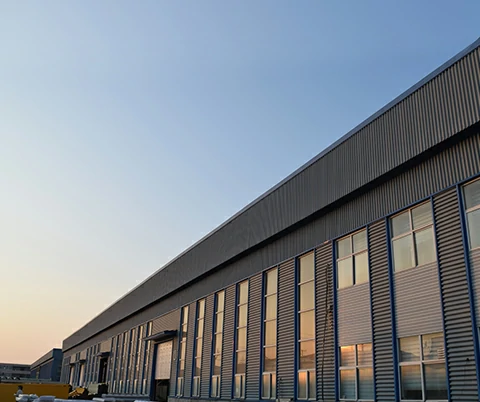loading...
- No. 9, Xingyuan South Street, Dongwaihuan Road, Zaoqiang County, Hengshui, Hebei, China
- admin@zjcomposites.com
- +86 15097380338
- Welcome to visit our website!
Exploring the Efficiency and Applications of Fiber-Reinforced Polymer Grating Systems in Modern Engineering
The Advancement of Grating in FRP Applications and Benefits
Grating, a crucial component in various industries, has evolved significantly with the introduction of Fiber Reinforced Polymer (FRP) materials. FRP grating has gained immense popularity due to its superior properties such as lightweight, corrosion resistance, and versatility. These qualities make it an ideal choice for numerous applications in sectors such as chemical, marine, construction, and wastewater treatment.
Understanding FRP Grating
FRP grating is composed of a polymer matrix reinforced with fibrous materials that enhance its strength and durability. Typically, glass or carbon fibers are used for reinforcement, which provide exceptional tensile strength and impact resistance. The manufacturing process involves layering the fibers and resin, followed by curing, ensuring a robust and long-lasting structure. Common types of FRP grating include molded and pultruded variations, each offering distinct benefits depending on the application.
Advantages of FRP Grating
One of the standout features of FRP grating is its corrosion resistance. Unlike traditional materials such as steel, which can deteriorate in harsh environments, FRP offers unparalleled protection against corrosive agents like saltwater, chemicals, and moisture. This characteristic is particularly beneficial in industries that operate in aggressive environments, including coastal and offshore applications.
Moreover, FRP grating is lightweight compared to metal alternatives. This property not only simplifies installation but also reduces the burden on structural supports, potentially leading to overall cost savings in construction and maintenance. Additionally, the non-conductive nature of FRP makes it safer for electrical applications, as it minimizes the risk of electric shock.
grating de frp

Another significant advantage is the low maintenance requirement of FRP grating. Unlike traditional materials that may require regular painting or treatment to prevent rusting and degradation, FRP is inherently resistant to such issues. As a result, companies can enjoy lower lifecycle costs and reduced downtime for maintenance.
Applications of FRP Grating
FRP grating finds use in a variety of applications across multiple industries. In the chemical processing sector, it is often utilized for flooring, walkways, and platforms due to its durability and resistance to chemical spills. In wastewater treatment facilities, FRP grating is employed in stairways, platforms, and trench covers where water and corrosive materials are prevalent.
The marine industry benefits significantly from FRP grating as well. It’s used in docks, piers, and shipbuilding applications, where exposure to seawater can quickly degrade other materials. The lightweight nature of FRP also facilitates easier transportation and installation in these often-remote locations.
Moreover, architectural applications have embraced FRP grating for aesthetic as well as practical purposes. It can be used in decorative walkways, bridges, and buildings, allowing designers to create visually appealing structures while benefiting from the material’s functional advantages.
Conclusion
In conclusion, the integration of grating systems made from Fiber Reinforced Polymer has revolutionized various industrial practices. FRP grating offers numerous benefits, including corrosion resistance, lightweight structure, low maintenance requirements, and versatility, making it a superior choice compared to traditional materials. As industries continue to seek innovative and efficient solutions, the demand for FRP grating is expected to grow, further cementing its role as a critical component in modern infrastructure and construction. The future of FRP grating looks promising, driven by ongoing advancements in material science and engineering.
-
The Rise of FRP Profiles: Strong, Lightweight, and Built to LastNewsJul.14,2025
-
SMC Panel Tanks: A Modern Water Storage Solution for All EnvironmentsNewsJul.14,2025
-
GRP Grating: A Modern Solution for Safe and Durable Access SystemsNewsJul.14,2025
-
Galvanized Steel Water Tanks: Durable, Reliable, and Ready for UseNewsJul.14,2025
-
FRP Mini Mesh Grating: The Safer, Smarter Flooring SolutionNewsJul.14,2025
-
Exploring FRP Vessels: Durable Solutions for Modern Fluid HandlingNewsJul.14,2025
-
GRP Structures: The Future of Lightweight, High-Performance EngineeringNewsJun.20,2025
